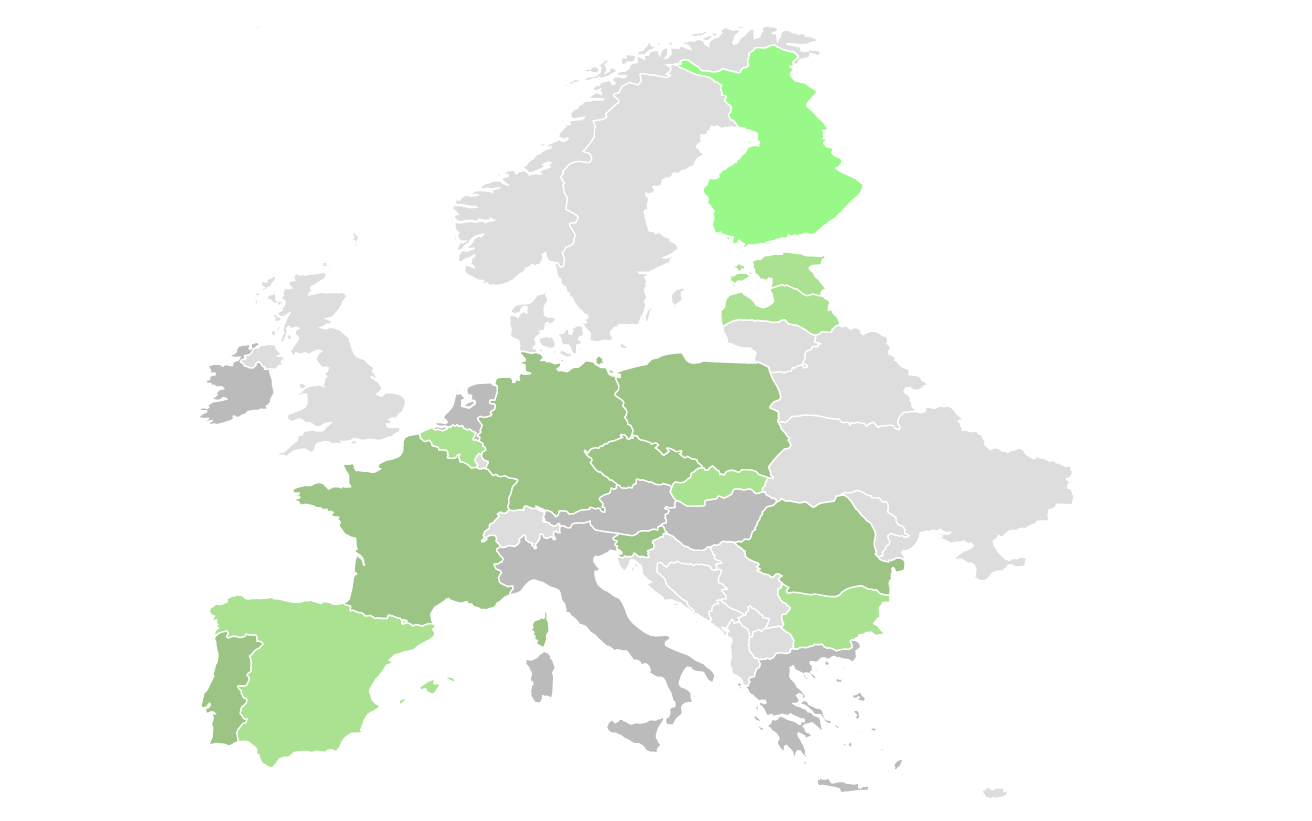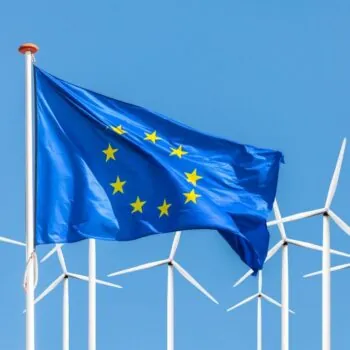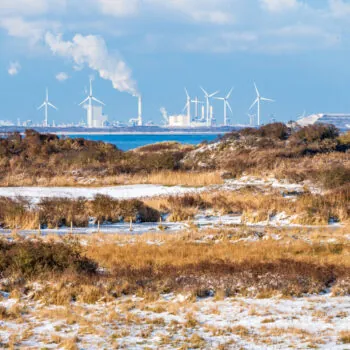- Member state plans are falling short of ambitions to “build back better.” Analysis of planned recovery measures in 14 member states finds a green spending share of just 24%, with only EUR 68 bn going to activities that fully support the green transition. At least eight national recovery plans currently do not meet the criteria of at least 37% green spending share.
- There are significant risks that measures that look green at first glance may end up supporting fossil fuels, and many plans include measures not aligned with the green transition. We found EUR 106 bn (25%) going to measures whose climate effect cannot yet be assessed and could either be positive or negative depending on how they are implemented.
- The next two months present an important credibility test for the Commission. It is imperative that the Commission properly scrutinises the plans and ensures milestones and targets set in the coming months provide clarity on where exactly recovery funding will be used.
Story
Today is the official deadline for EU member states to submit their Recovery and Resilience Plans (RRPs), in order to access funds from the €672.5bn Recovery and Resilience Facility. Last summer EU leaders agreed that plans must advance the green transition, committing at least 37% of spending to support climate objectives, with the remainder to “do no significant harm.”
The “Green Recovery Tracker,” a joint project by the Wuppertal Institute, E3G and national experts, has been analysing RRPs to see whether they live up to these ambitions. So far, we have analysed 14 draft plans including France, Germany, Spain, Portugal, Bulgaria, Romania, Estonia, Latvia, Poland, Slovakia, Slovenia, Belgium, Finland, and the Czech Republic. More analyses will be added over the coming weeks.
Our analysis of 14 RRPs and recovery packages has determined a green spending share of recovery measures in the EU of just 24%, with only EUR 68 bn (out of EUR 422 bn) going to activities that fully support the green transition. At least eight plans are not currently meeting the criteria of at least 37% green spending share. An initial overview suggests that the Spanish (31%), Finnish (42%) and Slovakian (30%) plans are among those performing better than others on green spending share. Poland (18%), Portugal (19%), and Slovenia (5%) are among those performing less well.
Although member states have used the opportunity to introduce much-needed investments in energy efficiency, renewables, and clean transport solutions, these investments rarely go beyond incremental improvements. For example, the recovery plans of many member states, such as Czechia and Poland, are based on national energy and climate plans that are not aligned with the EU’s climate targets, and recovery measures have not been used to enable more ambitious climate goals. This is concerning as national recovery plans provide a unique opportunity to accelerate the implementation of the European Green Deal.
Efforts from the European Commission and national civil society actors have contributed to excluding some of the most harmful planned recovery measures. There are, however, still significant risks that measures that look green at first glance may end up supporting fossil fuels, and many plans include measures that are not aligned with the green transition. Examples include €3.2bn for efficiency measures in Poland that could support investments in gas boilers and investments worth €244m in Bulgaria and €600m in Romania into what will likely be fossil gas infrastructure. In both cases the risk of natural gas lock-in is high.
Most RRPs are not accompanied by effective governance mechanisms or reforms. Often, funds are being used to finance previously agreed programmes, rather than to unlock new transformative measures. For example, around 80% of the German RRP refinances previously agreed measures. Only some countries have strongly based their planning on existing long-term strategies for the green transition and those that have done so have delivered better drafts. For instance, Spain has used recovery funds to implement previously agreed efficiency targets while also setting itself more ambitious energy transition targets.
The next two months present an important credibility test for the Commission. For the Commission to become an EU institution with greater fiscal prerogatives in future, it needs a successful rollout of the Recovery and Resilience Facility. This must be reflected in the Commission’s final assessments of recovery plans and the final targets and milestones.
Further information
Green Recovery Tracker: www.greenrecoverytracker.org
Quotes
Johanna Lehne, Senior Policy Advisor at E3G said:
“Our analysis shows that most European governments have allocated Next Generation EU funds without firmly putting the next generation at the heart of their plans. The proposed plans fall short of the Recovery Facility’s transformative potential.”
Felix Heilmann, Researcher at E3G said:
“Every euro spent on activities running counter to the green transition, such as investments in fossil gas, undermines the European Green Deal politically and is a bet against its success. National governments and the Commission must ensure that European recovery funding does not support any potentially harmful measures.”
Available for comment
Felix Heilmann is available for commentary – please contact him directly:
+49 (0) 160 962 58080
Data Overview
As of 29 April, our analysis of (draft) recovery plans and packages has identified the following green spending shares in EU countries:
- Belgium: 34%
- Bulgaria: 27%
- Czech Republic: 22%
- Estonia: 25%
- Finland: 42%
- France: 23% (including measures funded through the domestic budget)*
- Germany: 22% (including measures funded through the domestic budget)*
- Latvia: 29%
- Poland: 18%
- Portugal: 19%
- Romania: 24%
- Slovakia: 30%
- Slovenia: 5%
- Spain: 31%
We will update our existing country studies and add more country profiles over the coming weeks as more recovery plans are released and/or updated.
*Updated plans for France and Germany were released this week and have not yet been incorporated into our analysis.


